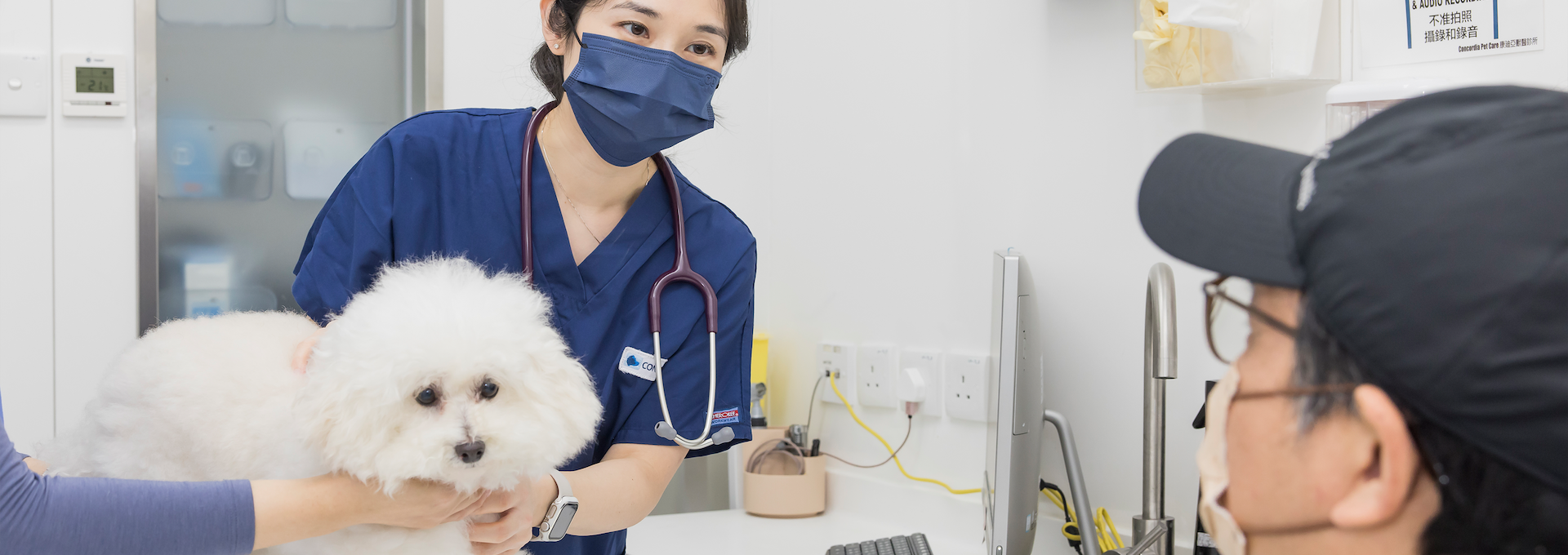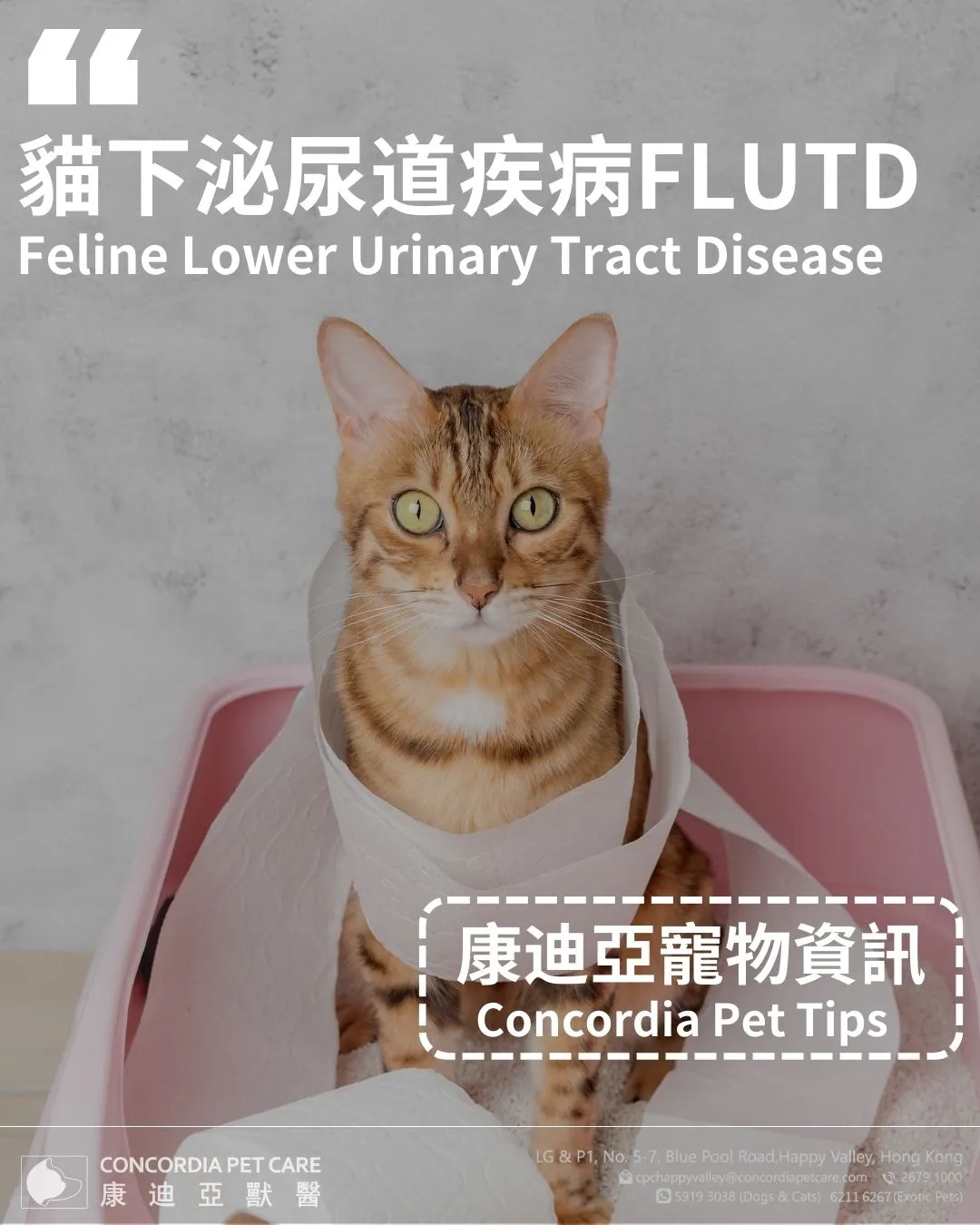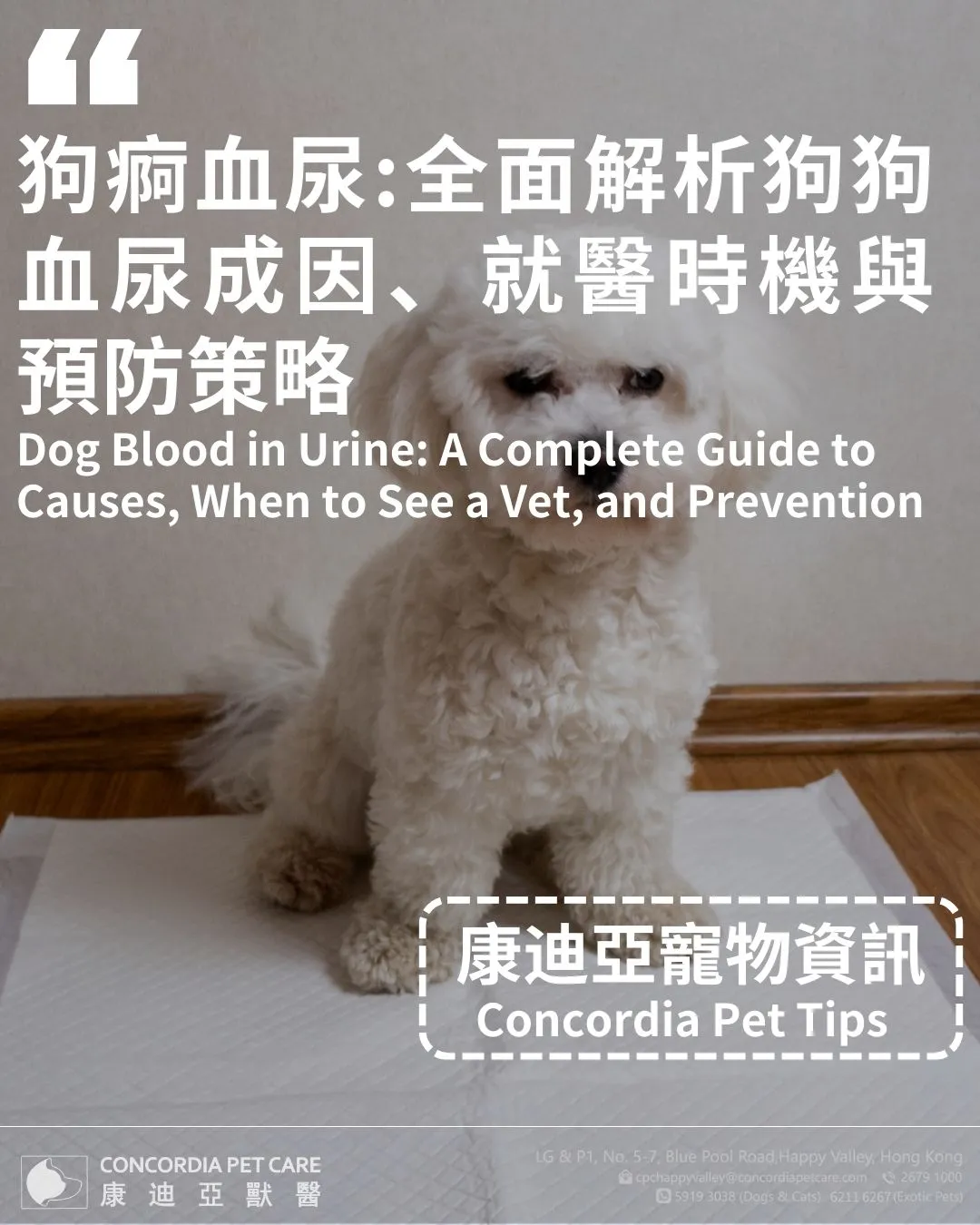
What to Expect After Spaying or Neutering Your Dog
 Concordia Pet Care
Concordia Pet Care
 2025-06-17
2025-06-17


What to Expect After Spaying or Neutering Your Dog: Complete Recovery Timeline
Whether you're spaying or neutering your dog, understanding what comes next is key to a smooth, stress-free recovery. These common procedures offer long-term health benefits, but in the short term, your pet needs a little extra TLC to heal properly and avoid complications.
In this guide, we break down what to expect after neutering and spaying a dog, providing day-by-day timelines, post-op care tips, and a clear look at when it’s time to call your vet.
Quick-Look Chart: Typical Spay & Neuter Recovery Time
Each dog heals at their own pace, but there are some general guidelines you can expect. This quick chart gives you a snapshot of average recovery timelines following spay or neuter surgery.
Procedure | Activity Restriction | Healing Timeline | Full Recovery |
Neuter (Male) | 7–10 days | Incision closes by day 10 | ~2 weeks |
Spay (Female) | 10–14 days | Deeper healing by day 14 | ~3 weeks |
Note: These timelines can vary depending on your dog’s age, size, and overall health.
Day-by-Day Timeline: What to Expect After Neutering a Dog (0–14 Days)
Neutering refers to the surgical removal of a male dog’s testicles. It’s less invasive than spaying, but it still requires careful monitoring to ensure a safe and comfortable recovery.
Here’s what typically happens in the first two weeks post-op:
- First 24–48 hours: Your dog may appear groggy, sleep more than usual, and have a reduced appetite. Mild swelling around the incision is normal. Keep him calm and confined indoors.
- Days 3–5: You might notice increased alertness and a desire to be more active. This is when you'll need to enforce rest carefully. Avoid running, jumping, or off-leash walking.
- Days 6–10: The incision typically closes by this point. Monitor for any discharge, redness, or swelling. If all looks good, your vet may allow light leash walks.
- By day 14: Most males are fully healed. Neuter recovery time is often faster than spay recovery, but don’t skip your vet's final checkup before resuming normal activities.
Day-by-Day Timeline: What to Expect After Spaying a Dog (0–14 Days)
Spaying involves the surgical removal of a female dog’s uterus and ovaries. It’s a more invasive procedure than neutering, which means a longer healing period and more post-op restrictions.
Below is a day-by-day breakdown of what to expect during spay recovery:
- First 24–48 hours: Similar to neutering, you’ll see drowsiness and possibly light trembling or whimpering. Offer small meals and keep her resting in a quiet, secure space.
- Days 3–5: Her energy may begin to return, but it's crucial to limit any climbing, stretching, or jumping. The internal sutures need time to heal—no exceptions.
- Days 6–10: Continue monitoring the surgical site for irritation. You might also notice bruising or slight swelling. If your dog seems restless, gentle indoor play is fine under supervision.
- Days 11–14: The external incision may look fully healed, but internal tissues are still stabilizing. Spay recovery time is longer due to the abdominal incision, so wait for vet clearance before resuming regular activity.
How to Care for a Dog After Spay or Neuter
Proper aftercare makes a huge difference in healing. Here’s how to care for a dog after spay or neuter to avoid setbacks and ensure a smooth recovery.
Pain & Anti-Inflammatory Meds
Your vet will likely prescribe medication to manage discomfort. Follow dosing instructions precisely. Never give over-the-counter painkillers without veterinary guidance, as they can be toxic to pets.
Restricting Activity Safely
Even if your dog seems full of energy by day 3, it’s important to prevent sudden movements. Use a crate, leash walks only, and avoid stairs or couches. Small jumps can reopen incisions and delay recovery.
Incision Care & Cone Alternatives
Check the incision twice daily. Keep it dry, which means no baths or swimming for at least 10–14 days. Use an e-collar or a recovery suit to prevent licking. Soft cones or inflatable collars are great alternatives if your dog hates the traditional cone.
Nutrition & Hydration During Recovery
Offer bland, easy-to-digest meals in the first 24 hours. Appetite should return within a day. Keep fresh water available at all times, and monitor for vomiting, diarrhea, or lack of interest in food beyond the second day.
Warning Signs & When to Call Your Vet
While many dogs recover without issue, some symptoms can signal something more serious. Prompt veterinary attention can prevent minor issues from becoming medical emergencies.
Call your vet immediately if you observe:
- Redness, pus, or excessive swelling at the incision site
- Vomiting or diarrhea lasting more than 24 hours
- Lethargy or disinterest in food after 48 hours
- Bleeding, trembling, or panting not linked to stress
- Difficulty urinating or defecating
FAQs
Can I leave my dog alone after surgery?
Ideally, no. The first 24–48 hours are critical. Your dog should be monitored to prevent licking, jumping, or chewing the incision. If you must leave, use a secure crate and consider asking someone to check in.
Is it normal for my dog to sleep a lot after spay or neuter surgery?
Yes. Drowsiness and extra sleep are expected, especially in the first 48 hours. Anesthesia and pain medications often make dogs groggy. If the lethargy continues past day 3, consult your vet.
When can my dog return to normal activities?
That depends on the procedure. For males, neuter recovery time is usually 10–14 days. Females need a longer spay recovery time, about 14–21 days. Always wait for vet clearance before resuming full activity.



